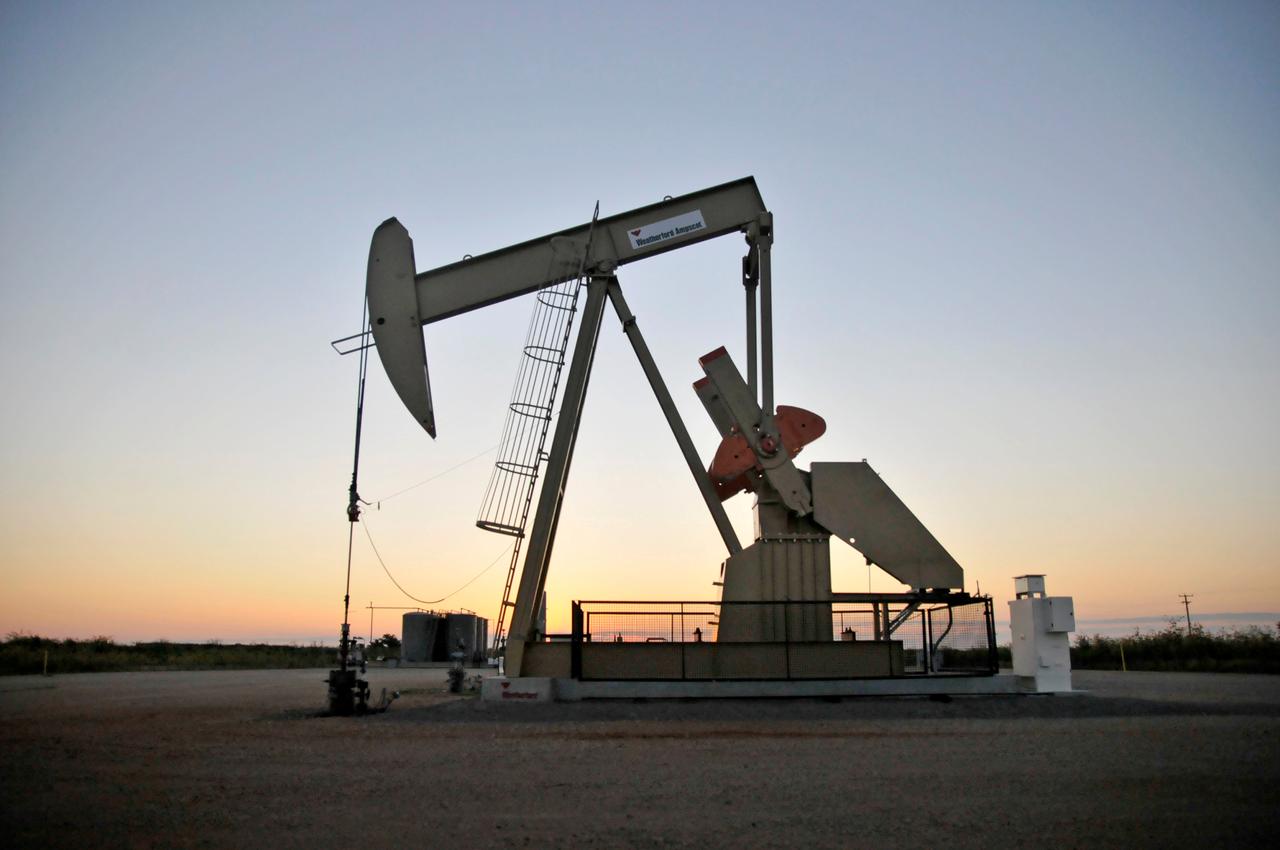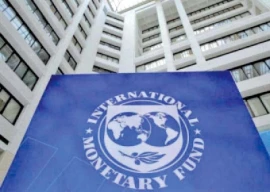
Brent was up $0.11 at $64.11 a barrel by 1304 GMT, while US West Texas Intermediate (WTI) crude was down by $0.09 at $57.72 a barrel.
Under the so-called Phase 1 deal to call a truce in a trade war between the world's two biggest economies, China committed to buy over $50 billion more of US oil, liquefied natural gas and other energy products over two years.
Trade sources and analysts said China could struggle to meet the target and gains in oil are likely to be limited ahead of more detail on how the commitments will be achieved.
"The interim deal has done the trick for the time being, but we can be sure that as talks about Phase 2 get under way we shall see more twist and turns," said oil broker PVM's Tamas Varga.
"To borrow the words from Ferdinand Foch, the Supreme Allied Commander during WWI 'This is not peace. It is an armistice for a few months'."
Oil prices are returning to range trading, analysts said, as the threat of conflict between Iran and the US receded further after they traded missile and drone attacks earlier this month.
In a reassuring note to the market, the International Energy Agency (IEA) said surging oil production from non-OPEC countries along with abundant global stocks will help the market weather political shocks such as the US-Iran stand-off.
The IEA also said it expected production to outstrip demand for crude from the Organisation of the Petroleum Exporting Countries (OPEC) even if members comply fully with a pact with Russia and other non-OPEC allies to curb output.
UBS said in a note "provided Middle East tensions do not intensify and cause production disruptions, Brent should decline towards the bottom of a $60-65 per barrel trading range in 1H20 before recovering to the top of it in the second half of the year".
Also supporting prices was US official data that showed a much bigger-than-expected drop in crude oil inventories.
Oil inventories fell by 2.5 million barrels, compared with analyst expectations of a drop of 500,000 barrels, according to data from the Energy Information Administration (EIA).

1732441915-0/BeFunky-collage-(12)1732441915-0-165x106.webp)

1732438802-0/BeFunky-collage-(11)1732438802-0-165x106.webp)













COMMENTS
Comments are moderated and generally will be posted if they are on-topic and not abusive.
For more information, please see our Comments FAQ